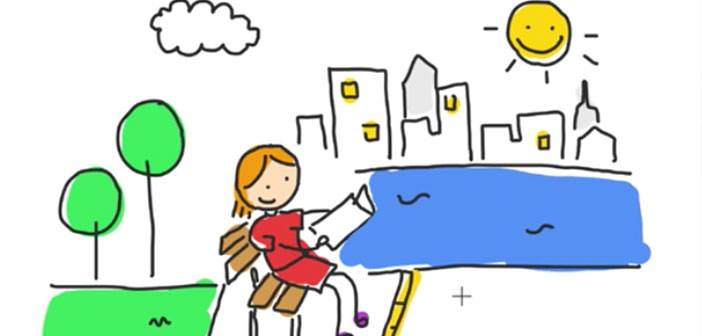By using machine learning algorithms, or artificial intelligence, AutoDraw dramatically improves the quality of your drafts by recognizing drawn objects.
Not everyone can draw well, and on smartphones and tablets even the simplest traits may seem really difficult, especially with no dedicated tools. To fix this, Google thinks again that last week announced AutoDraw: it is a web app that recognizes the user-designed subject by machine-learning algorithms, combining it with several designs already made and made by Real artists. At this point, the user can select the desired end result among artificial intelligence proposals.
It is certainly not a tool that has a professional purpose, and does not want to get rid of the designers around, but it can be used by Google to make birthday invitations or parties, running on smartphones, computers, and tablets.
And it’s free. AutoDraw needs to be analyzed above all for what it is: a new Google experiment on artificial intelligence, exploiting the technologies we’ve already seen in the past. Drawing a small rough draft, the AI can understand our intentions.
AutoDraw is available at this address and, once started. It looks like a simplified white-to-screen drawing app. The user can choose whether to draw a free hand or draw predetermined shapes on the screen using his finger, mouse, or tool-compatible pencil.
As we complete our design, the AI will continue to analyze it, as long as we propose a complete solution as soon as we identify what we want to draw. At this point, we can save the design or share it on the web.
We played a few minutes with the application, and we can say it works. AutoDraw can really help anyone to ” draw fast, ” as he underlined the motto used by Google, relying on drawings made by Simone Noronha, Pei Liew, Erin Butner, Tori Hinn, and others.
The project is based on other past work done by Google to experiment with its machine learning algorithms, and it is not too different from some of these. We refer specifically to QuickDraw, where the AI guesses what the user is designing.
Among other experiments, we also remember Giorgio Cam, who transforms images into songs; Thing Translator, which helps users identify an object in a different language using photos; Or The Infinite Drum Machine, to create the small ” beat “.
It is now apparent that Google’s future is traced, and it is mainly in the name of machine learning that the leitmotif of its evolution needs to be sought both in search engines, and in terms of services offered.

